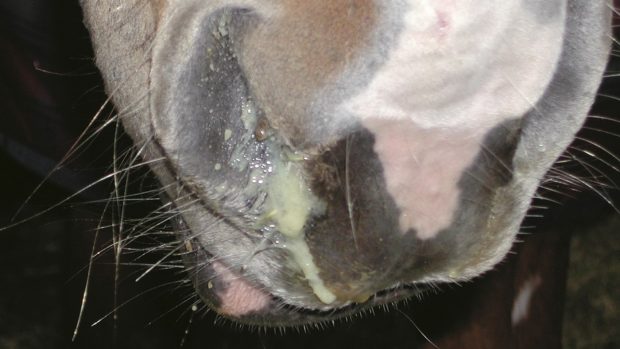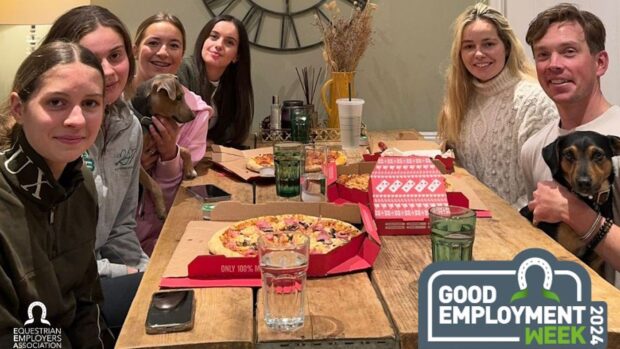Expert advice on bridging the gap between breaking and competing young horses in endurance competitions
When it comes to making progress when training young horses, experts agree that timing is the key.
“To keep going for 100 miles is a mental as much as a physical thing. So you mustn’t squash a horse’s arrogance while he is growing up,” says international endurance rider Jenny Jackson.
“You never know until you get so far with them. One of my horses got to 50 miles easily then decided endurance wasn’t his game, so he went eventing instead.”
Jenny believes that “listening to young horses is as vital as telling them”. Also that good manners instilled early, in the stable as well as under the saddle, stand them in good stead for a possible future change of direction.
Variety is the key to her youngsters’ early education. As four-year-olds, they may be lunged over poles, sometimes with side reins or a Chambon, go to a little dressage show, do flatwork or box to a new location for hacking out.
“It’s all gentle but done correctly. They need to get used to riding out in company or alone, and to traffic, as well as working on their paces and transitions.”
The fast, ground-covering trot employed by top endurance horses is not something Jenny specifically teaches.
“They need to go on a light contact without falling onto the forehand. They must go forward but in balance, and learn self-carriage – which is where the dressage comes in.”
Jenny Jackson’s training timetable
Three-year-olds: after breaking-in, some gentle hacking with a “nanny”, followed by resting over the winter with shoes off.
Four-year-olds: brought up in the spring for visits to local dressage competitions, lunging with a few poles, hacking out to see traffic and other sights. In the autumn, maybe a 12- or 15-mile pleasure ride where the going is good and the terrain easy. Rest again over the winter.
Five-year-olds: harder work starts as the horse is aimed at 20-mile set speed rides. Time divided evenly between hacking out, now including light fitness work, and schooling/lunging. Also some dressage and small jumping competitions.
Most common mistake: doing nothing but hitting the trail and forgetting the importance of producing a well mannered, balanced horse.



